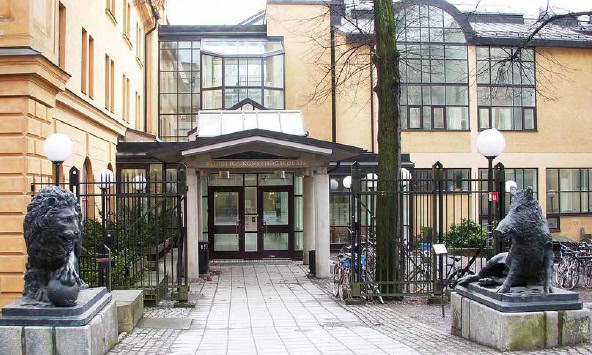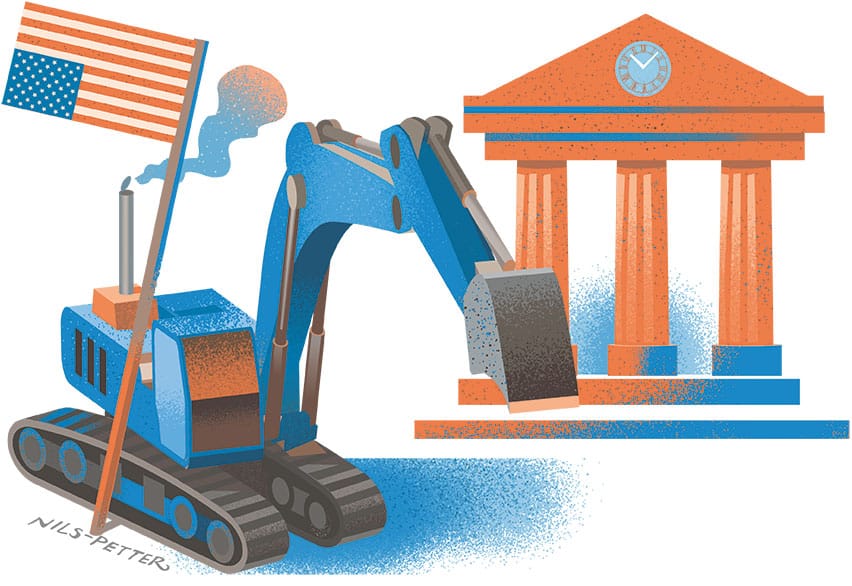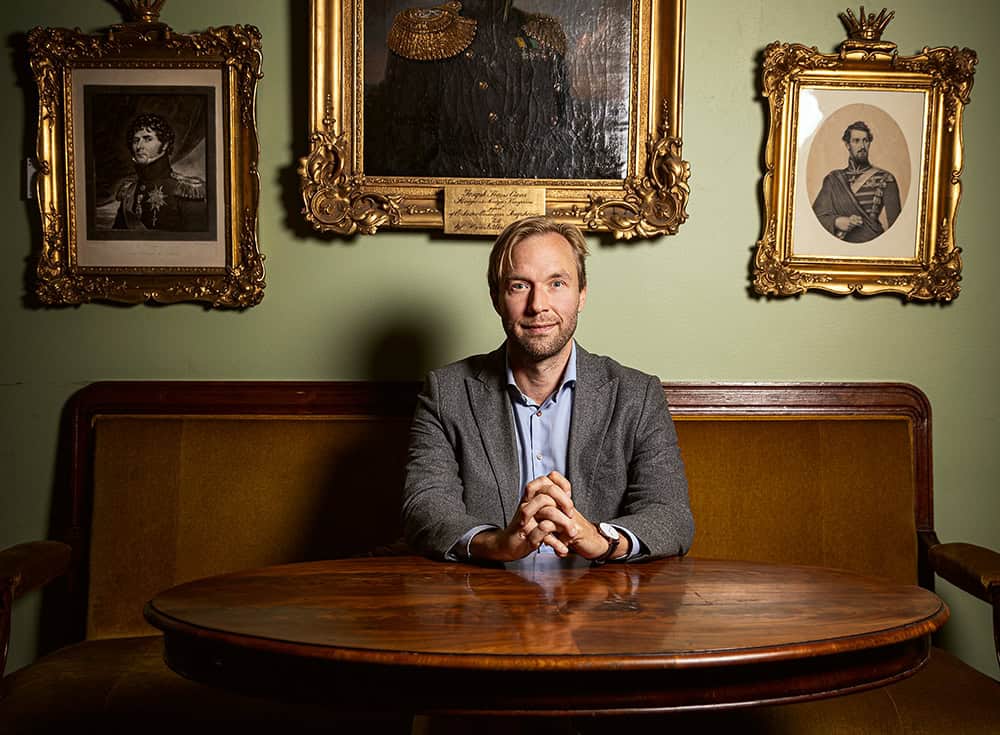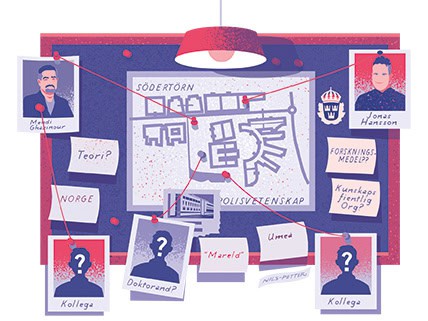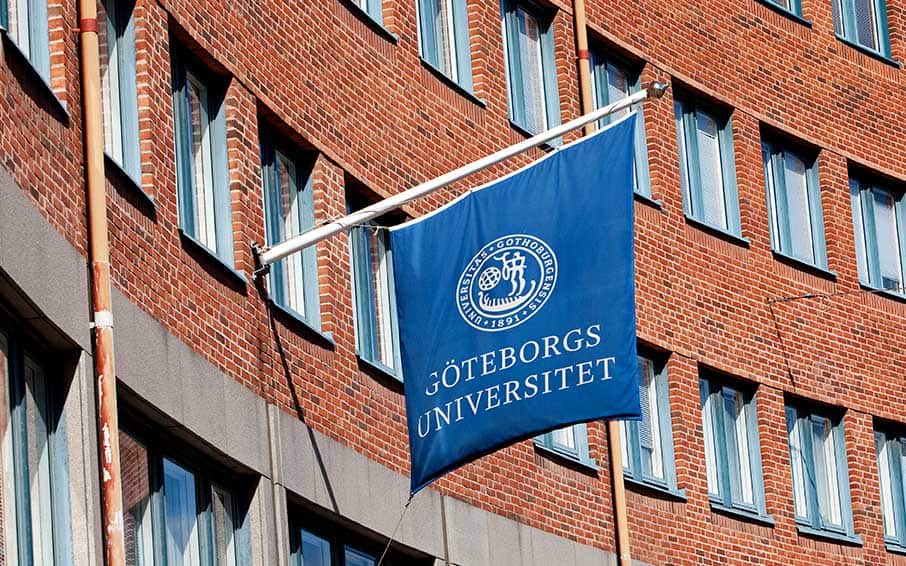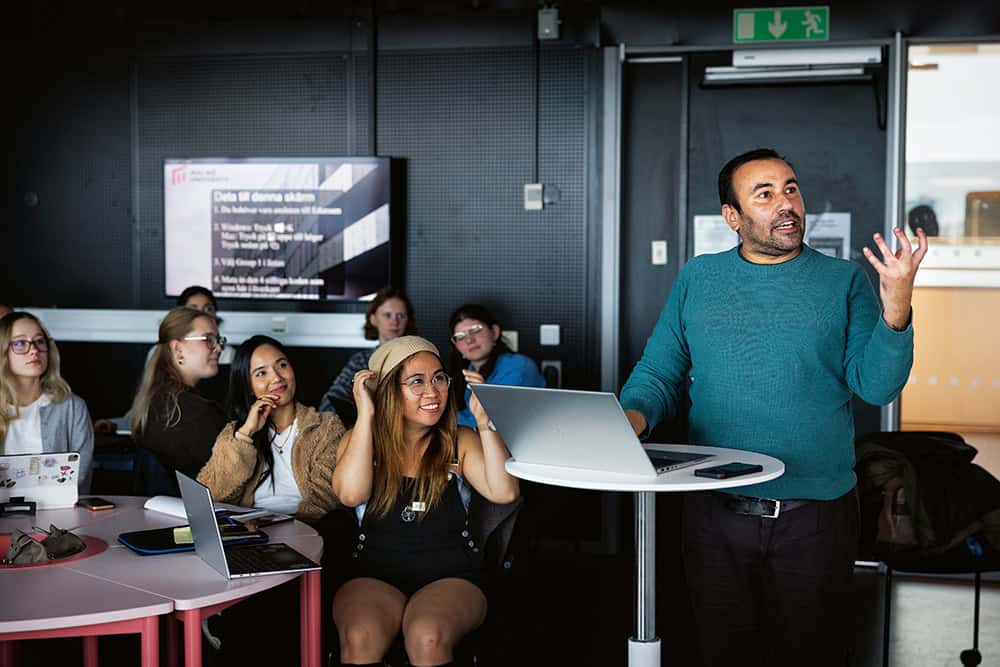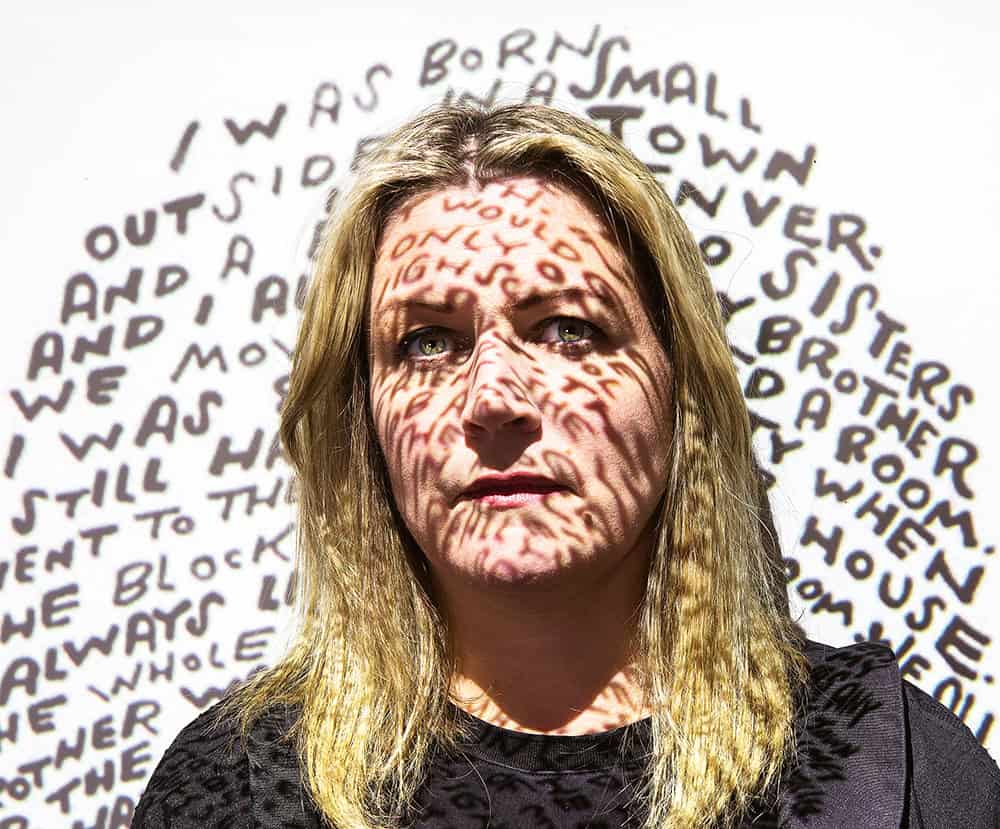Benj Gerdes has himself been impacted by the system of temporary employment within creative and artistic subjects. He is an artist, writer and researcher with a long and distinguished career, mainly in the USA.
“When Donald Trump took office as president, I was eager to explore a country like Sweden, which had a reputation for good research and employment conditions. I had personal contacts and there was professional interest in my work,” he says.

Benj Gerdes
Artist and researcher.
In 2019, he was invited to teach at the Royal Institute of Art, KKH. He conducted research there and led a professors’ group in visual arts and moving images. However, no one told him that his employment under Chapter 4, Section 10 of the Higher Education Ordinance, (fixed-term employment for a maximum of five years with the possibility of an extension of five years), did not provide any job security.
“The system of five plus five years is just the tip of an iceberg,” he says. “The five-year periods are divided into a series of shorter employment periods, and you also have multiple part-time jobs. In addition, the system is used to save money, replacing a full-time position with a part-time one, a senior lecturer with a lecturer, a professor with a senior lecturer.”
His employment was extended three times and terminated in 2023. The employer had chosen to advertise a position of professor in the field, which was given to another applicant. Benj Gerdes appealed, but his appeal was rejected. Since he had been employed under Chapter 4, Section 10 of the Higher Education Ordinance, he had no preferential right permanent employment.
“I felt insulted. I was hired from abroad and feel that my naivety regarding Swedish labour law was exploited by the employer.”
At KKH, Benj Gerdes ran a research project with SEK 4.5 million of funding from the Swedish Research Council. After his senior lecturer position was terminated, he was employed in autumn 2023 as a researcher at KKH, but soon after, he chose to take his research project to the Institute for Futures Studies, where he now works as an artistic researcher.
He believes that the five-plus-five-year system is destructive.
“This form of employment is a toxic construct that is not only harmful for employees, but also the universities. They are shooting themselves in the foot.”
Furthermore, it is detrimental to the quality of research.
“A long career as a researcher in the arts is impossible when higher education institutions employ people using the five-plus-five system.”
Gerdes also believes that the five-plus-five system was founded on an old master-apprentice model, which in many cases is not suitable for current teaching practices.
“The work at a department includes so much more – curriculum development, designing new programmes, recruiting teachers, recruiting students. A lot of skills need to be developed in order to understand how to do these things efficiently,” he says.
Employment in artistic disciplines under Chapter 4, Section 10 of the Higher Education Ordinance is used in different ways by different fine, applied and performing arts programmes, but common factors to all are a high proportion of fixed-term employees and a high number of part-time positions.
This kind of time-limited employment is often described as a way to constantly refresh the activities of arts programmes. But the system is the subject of much criticism. In an opinion article in the Swedish daily newspaper Svenska Dagbladet on 8 June 2022, eight different organisations, including SULF, called the regulation a ten-year probationary period.
The critics believe that the higher education institutions for the arts are abusing the ordinance in order to avoid having to employ permanently teachers who, year after year, have provided a large part of their teaching. They do this to get around the primary rule in the Swedish labour market – permanent employment.
“Those who are employed according to this rule are a fairly small group of all teachers in higher education,” says SULF national officer Anna Ekenberg. “Maybe that’s why the politicians don’t think they need to do anything about it.”

Anna Ekenberg
National officer, SULF
She believes that the system is to the detriment of the employees. Teachers employed under this regulation have very insecure employment, though for much longer than for people in normal fixed-term employment.
“This form of employment causes major problems. Those who have these jobs cannot get a loan if they want to buy a home, for example. Sometimes their employment expires when they are over 50, and then it can be difficult for them to get a new job. So it can be a career trap for them.”
Since these teachers are often employed part time, perhaps 50 per cent or less, and often practise their art as self-employed freelancers, they can also face problems with unemployment insurance when their employment ends.
Åsa Andersson, research officer, chief health and safety officer and secretary of the board of the local Saco-S association at KKH, believes that the system primarily affects people employed as lecturers.
“The local Saco-S association gets the most feedback within the employee category of lecturer. They have a fairly low salary, and their duties are mainly teaching and responsibility for workshops. These days they have no time for research, even though their position includes competence development. Additionally, internally available artistic research and development funding has been withdrawn. This makes it difficult for them to qualify for other jobs.”

Åsa Andersson
Secretary of the board, Saco-S at KKH
She believes that fixed-term employment is also bad for the higher education institutions.
“As a lecturer, you often have workshop responsibility for a certain area. It takes time to build up such a workshop. When someone new is recruited, there is a loss of momentum because it takes time before everyone gets used to new routines.”
Andersson tells us that a change may be underway at KKH. The union and the employer have started a dialogue about this type of employment.
Rickard Stöhr, Head of HR at KKH, says that they see Chapter 4, Section 10 of the Higher Education Ordinance as an opportunity, and he points out that the system is used generally at the artistic higher education institutions.
“The advantage for us as an employer is that it gives us opportunities to both update and change competence over time.”
The alternative would be redundancies, he says.
“In another type of organisation, you would have to give people notice and let them go if you found that you no longer had use for certain competences.”
“But of course as an employer,” Stöhr continues, “we can also see that this system requires a lot of resources. There are more recruitment processes. And more workplace introductions and more overlapping.”
Chapter 4, Section 10 of the Higher Education Ordinance states that higher education institutions may employ teachers in artistic disciplines on fixed-term contracts for five years, which can be extended for five years, without the employment conferring the right to permanent employment.
A majority lacks permanent employment
The proportion of fixed-term employees in artistic disciplines under Chapter 4, Section 10 of the Higher Education Ordinance at four artistic higher education institutions in 2023.
University of Arts, Crafts and Design: 69 %
The Royal Institute of Art: 71%
The Royal College of Music in Stockholm: 28%
Stockholm University of the Arts: 60%
Source: The Swedish Higher Education Authority (UKÄ)
